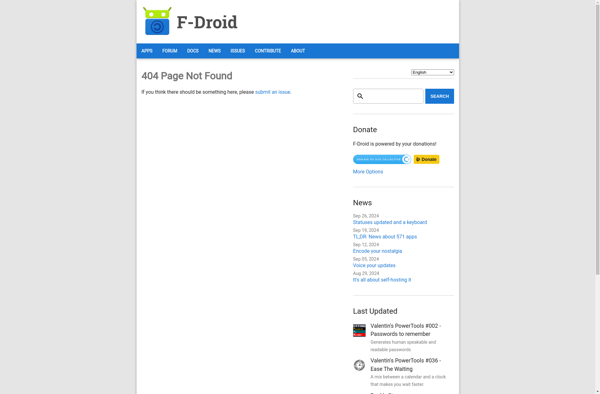Device Guard
Device Guard: Windows 10 Enterprise Security Feature
Device Guard is a Windows 10 enterprise security feature that helps prevent malware from infecting devices by restricting the applications that users can run based on code integrity policies. It helps lock down devices against malware.
What is Device Guard?
Device Guard is an enterprise security feature introduced in Windows 10 to help prevent malware from infecting devices. It works by restricting the applications that users can run based on specified code integrity policies.
Device Guard makes use of virtualization-based security (VBS) and Hypervisor Code Integrity (HVCI) to lock down devices so that only trusted apps vetted by the enterprise admin can run. Any unsigned or untrusted code attempting to run is automatically blocked.
By limiting software to only apps that have been code signed by trusted publishers, Device Guard provides a protective barrier against malware. Even if malware somehow gets installed on a device, Device Guard will prevent it from executing.
In addition to restricting unsigned apps, Device Guard policies control which signed apps are allowed to run. So enterprises have granular control and can create custom allow lists and block lists.
Overall, Device Guard utilizes hardware virtualization features to provide strong security controls and malware defense for Windows 10 devices. For sensitive enterprises that want to lock down and harden their endpoints, Device Guard is an important security tool.
Device Guard Features
Features
- Uses hardware and software security features to allow only trusted applications to run
- Prevents running of unsigned or untrusted code
- Allows only apps that are signed by trusted publishers to run
- Prevents running of malicious or vulnerable software
- Restricts software allowed to run based on code integrity policies
- Provides application control based on trust
- Leverages virtualization-based security (VBS) to protect device from malware
Pricing
- Free
- Included with Windows 10 Enterprise license
Pros
Cons
Official Links
Reviews & Ratings
Login to ReviewThe Best Device Guard Alternatives
Top Security & Privacy and Malware Protection and other similar apps like Device Guard
Here are some alternatives to Device Guard:
Suggest an alternative ❐AppLock (FOSS)

Security Master

App Lock and Gallery Vault

Smart AppLock

CM Locker

Smart App Locker

Leo Privacy
Photon App Lock

Hide Secrets
